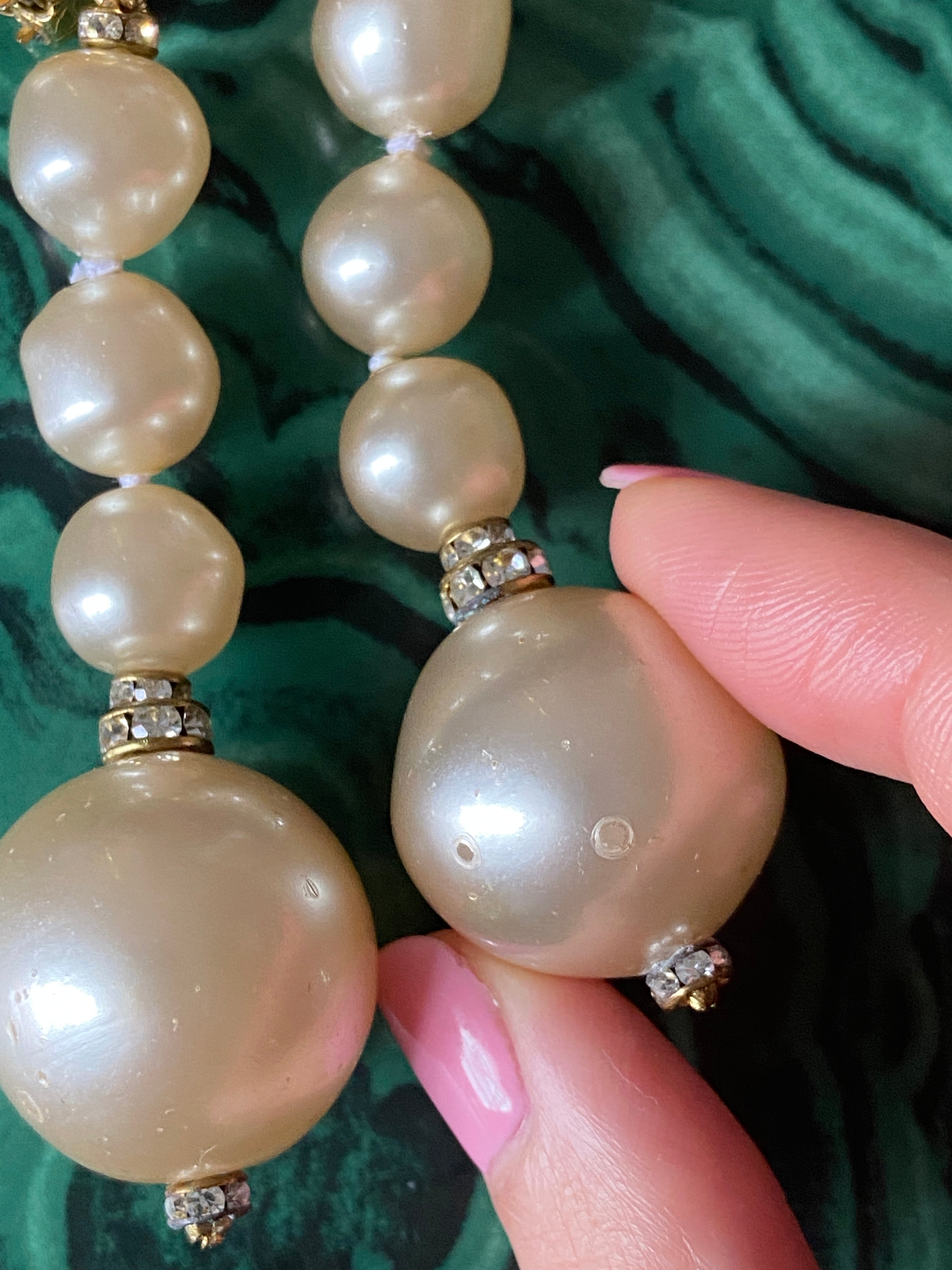
Designer Spotlight on Christian Dior
Who Was Christian Dior?
Legendary fashion designer Christian Dior made waves on the Paris fashion scene with designs that reintroduced femininity and luxury to women's fashion following the war. His success and status as one of the world's most influential designers can be attributed to both the quality and creativity of his work as well as his business sense. His designs have been worn by film stars including Natalie Portman and Jessica Chastain, and royalty including Princesses Diana and Margaret, whom he designed a dress to wear for her twenty-first birthday. The House of Dior has been helmed by the greatest talents of the design world: Saint Laurent, Gianfranco Ferrè, John Galliano, Hedi Slimane, Raf Simons, and current creative directors, Kim Jones and Maria Grazia Chiuri, Today there are more than 200 Dior stores in 60 countries around the world.
The Making of a Legend
Dior was born on January 21, 1905, in Granville, a seaside town in the north of France. When he was a boy, Dior's family moved to Paris. Although he was passionate about art and expressed an interest in becoming an architect, he enrolled at the École des Sciences Politiques to begin his studies in political science, with the understanding that he would work as a diplomat.
However, after his graduation in 1928, Dior opened a small art gallery that handled the works of notable artists including Georges Braque and Pablo Picasso. He was forced to close the gallery in 1931 after the collapse of his father's business.
Following the closing of his gallery, Dior made ends meet by selling his fashion sketches, and in 1935, landed a job illustrating the magazine Figaro Illustré. Years later, he was hired as a design assistant by Paris couturier Robert Piguet. However, when World War II began the following year, Dior served in the south of France as an officer in the French army. After the war, Dior returned to Paris, where he was hired by famed couturier Lucien Lelong and established himself as one of the premier couture designers of the 20th century.
New Jewelry for a New Look
Dior made history by presenting the first collection featuring his “New Look” in 1947. The hallmarks of his collection were long, full skirts and jackets with narrow waists and rounded shoulders.

A chic ensemble from "The New Look." Image source: Flickr
This new, more ladylike style required updated jewelry to complement it. Dior is known to have said, "Color is what gives jewels their worth. They light up and enhance the face. Nothing is more elegant than a black skirt and sweater worn with a sparkling multi-stoned necklace." Not one to shy away from color, Dior costume jewelry often features colored and clear crystal, pearls and semi-precious stones like citrines and peridots, turquoise glass drops, rhinestones, and gilt metals
In 1948, Dior opened a fashion house called Dior Costume Jewelry in Germany. His pieces were inspired by nature — animals and flowers from the gardens of France, especially roses and lily of the valley, were frequent motifs. Dior's jewelry was designed with versatility in mind — women could easily pair it with a structured jacket or simple sweater for day and again with formal attire for an evening event.
Many of Dior's early jewelry pieces featured poured glass elements made by the House of Gripoix, the company that also worked with Coco Chanel around the same time.
In the mid-1950s and onward, most of Dior's jewelry was produced by Henkel & Grosse a German firm with which he struck a licensing agreement that lasted for decades. There were additional collaborations with other designers and jewelry companies including Mitchell Maer for Dior, Christian Dior by Kramer, and a famed collaboration with Swarovski that introduced iridescent “aurora borealis” rhinestones.
After Dior died in 1957, his fashion house lived on and his jewelry changed each season to complement his clothing collections. The late 1950s was an era of multi-strand rhinestone necklaces while the 1960s favored more modern, gold-toned brooches and earrings, and the 1970s was all about wearable resin and enamel necklaces.
One of my favorite time periods for Dior jewelry is the 1980s, when his jewelry had a decidedly glamorous edge. When I'm sourcing for the KD shop, I always have my eyes out for Dior's sparkling rhinestone earrings, as well as more classic pairs with glossy enamel cabs. Here are a few special Dior pieces currently in the shop:

Enamel and rhinestone Dior earrings
I'm always on the hunt for vintage Dior pieces and will be combing the markets of Paris next month for special find for the shop. If a beautiful Dior necklace, pair of earrings, brooch or bracelet is on your wish list, let me know and I'll keep an eye out for you!
Sources for this post include: biography.com, wikipedia, howtobuyvintagejewelry.com, etoile-luxuryvintage.com.




Leave a comment
This site is protected by hCaptcha and the hCaptcha Privacy Policy and Terms of Service apply.